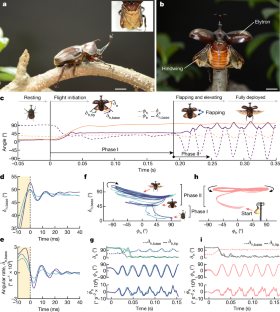2024-08-02 マサチューセッツ工科大学(MIT)
◆MITの研究によると、対流圏上層のオゾン増加は人為的なものであることが確認されました。研究チームは2005年からの17年間の衛星データを分析し、人間活動がオゾン増加に与える影響を明らかにしました。特に産業活動が盛んなアジアで顕著であり、将来的には具体的な人間活動を特定することが目指されています。
<関連情報>
- https://news.mit.edu/2024/scientists-find-human-fingerprint-upper-tropospheres-increasing-ozone-0802
- https://pubs.acs.org/doi/10.1021/acs.est.4c01289
対流圏上層部のオゾン傾向から検出された人為的指紋 衛星から取得 Anthropogenic Fingerprint Detectable in Upper Tropospheric Ozone Trends Retrieved from Satellite
Xinyuan Yu,Arlene M. Fiore,Benjamin D. Santer,Gustavo P. Correa,Jean-François Lamarque,Jerald R. Ziemke,Sebastian D. Eastham,Qindan Zhu
Environmental Science & Technology Published:August 2, 2024
DOI:https://doi.org/10.1021/acs.est.4c01289
Abstract

Tropospheric ozone (O3) is a strong greenhouse gas, particularly in the upper troposphere (UT). Limited observations point to a continuous increase in UT O3 in recent decades, but the attribution of UT O3 changes is complicated by large internal climate variability. We show that the anthropogenic signal (“fingerprint”) in the patterns of UT O3 increases is distinguishable from the background noise of internal variability. The time-invariant fingerprint of human-caused UT O3 changes is derived from a 16-member initial-condition ensemble performed with a chemistry-climate model (CESM2-WACCM6). The fingerprint is largest between 30°S and 40°N, especially near 30°N. In contrast, the noise pattern in UT O3 is mainly associated with the El Niño–Southern Oscillation (ENSO). The UT O3 fingerprint pattern can be discerned with high confidence within only 13 years of the 2005 start of the OMI/MLS satellite record. Unlike the UT O3 fingerprint, the lower tropospheric (LT) O3 fingerprint varies significantly over time and space in response to large-scale changes in anthropogenic precursor emissions, with the highest signal-to-noise ratios near 40°N in Asia and Europe. Our analysis reveals a significant human effect on Earth’s atmospheric chemistry in the UT and indicates promise for identifying fingerprints of specific sources of ozone precursors.



